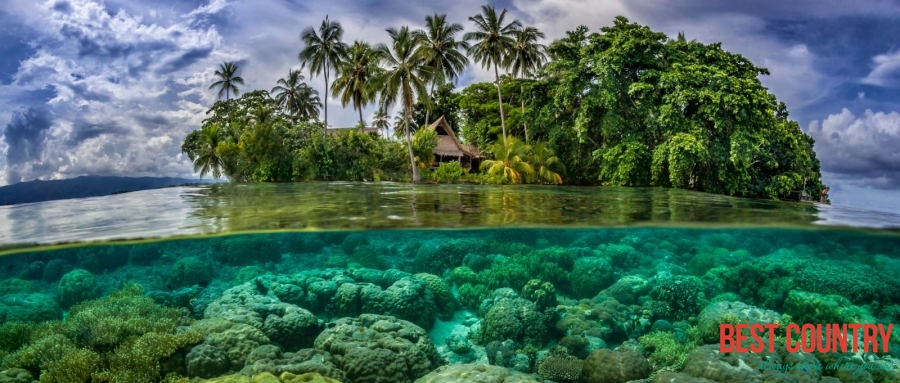Climate of the Marshall Islands

The average temperature hovers around 80 degrees Fahrenheit and rarely fluctuates. This is one of the most outstanding features of the climate, in fact, the range between the coolest and the warmest months averages less than 1 degree Fahrenheit. Also interesting is the fact that nights, although they feel cooler, are actually 2-4 degrees warmer than the average daily minimum, this is because the lowest temperatures usually occur during heavy showers in the daytime. Like elsewhere in the Pacific, the skies are quite cloudy. Cumuliform clouds are predominant but anostratus-altocumulus and cirriform clouds are also present most of the time. Tropical storms are very rare; although, in the last 3 years there have been three major cyclones. Much more common are minor storms of the easterly wave type, especially from March to April and October to November.
Rainfall varies greatly throughout the Marshall Islands. In the wet, southern atolls, rainfall can average as much as 160 inches per year, while the dry, northern atolls may only average 20 inches. When rain does fall is often heavy. There is also a wet and dry season, with the wettest months being between May and November.
Weather data for Marshall Islands is provided by the Majuro Weather Station. The station at Majuro is located on the southeastern end of the Majuro Atoll. This atoll is approximately 160 square miles in area with a lagoon of about 150 square miles. The lagoon is oblong, 22 miles long and about 4 miles wide. The station is located at Delap.